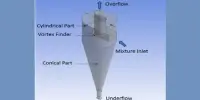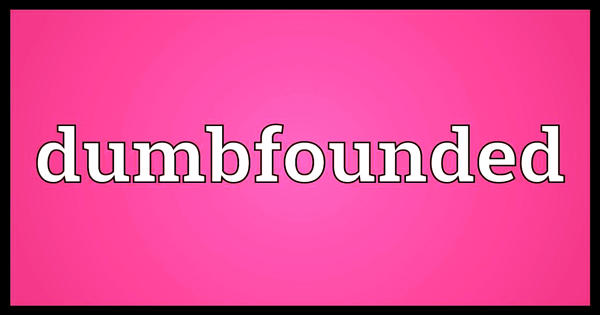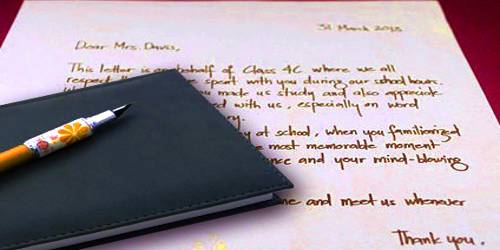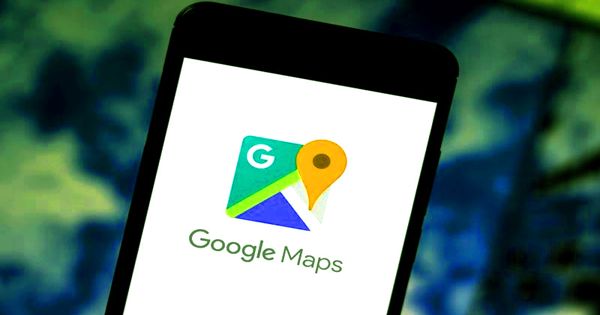Braille is a system that uses combinations of raised dots to spell letters and numbers. Braille technology is an assistive technology that allows blind or visually impaired people to do common tasks such as writing, browsing the Internet, typing in Braille and printing in text, engaging in chat, downloading files, music, using electronic mail, burning music, and reading documents. It’s used by people who are blind or partially sighted to help them read and write. Braille is used by thousands of people all over the world in their native languages and provides a means of literacy for all.
Braille is a system of touch reading and writing for blind persons in which raised dots to represent the letters of the alphabet. Technology has no doubt helped the braille invention. There is now the electronic braille.
Using many methods to encourage students to sharpen their blind literacy skills is vital for them to reach success. One is using the synchronicity of Braille and technology. It also allows blind or visually impaired students to complete all assignments in school as the rest of sighted classmates and allows them to take courses online. Braille translation software converts printed text into braille. The translated text may then be printed for the student using a braille embosser (braille printer). It enables professionals to do their jobs and teachers to lecture using hardware and software applications. You can access books in various electronic formats in braille and the excitement continues.

As technology has improved and to get braille into the hands of more people at more affordable prices, companies have begun in recent years producing devices that fall in between the stand-alone braille display and the application packed notetakers. The advances of Braille technology are meaningful because blind people can access more texts, books and libraries and it also facilitates the printing of Braille texts.
People who are blind are getting more options on how they access information more than ever before with technology and new innovations coming onboard to incorporate braille in technology. “Despite the Braille system’s universal reach, the National Federation of the Blind estimates that only 10 percent of the vision-impaired are able to read Braille”. This appears to be a breakthrough but caution is being exercised in the modernization process to avoid people neglecting the basics of learning how to read without technology-infused devices.
Information Source:
















